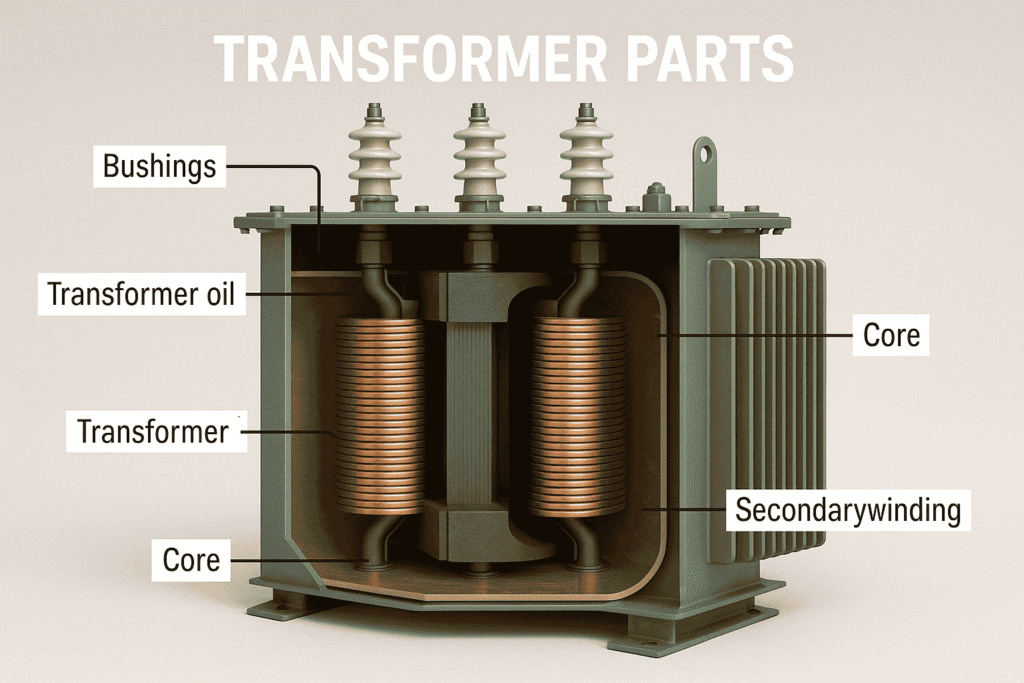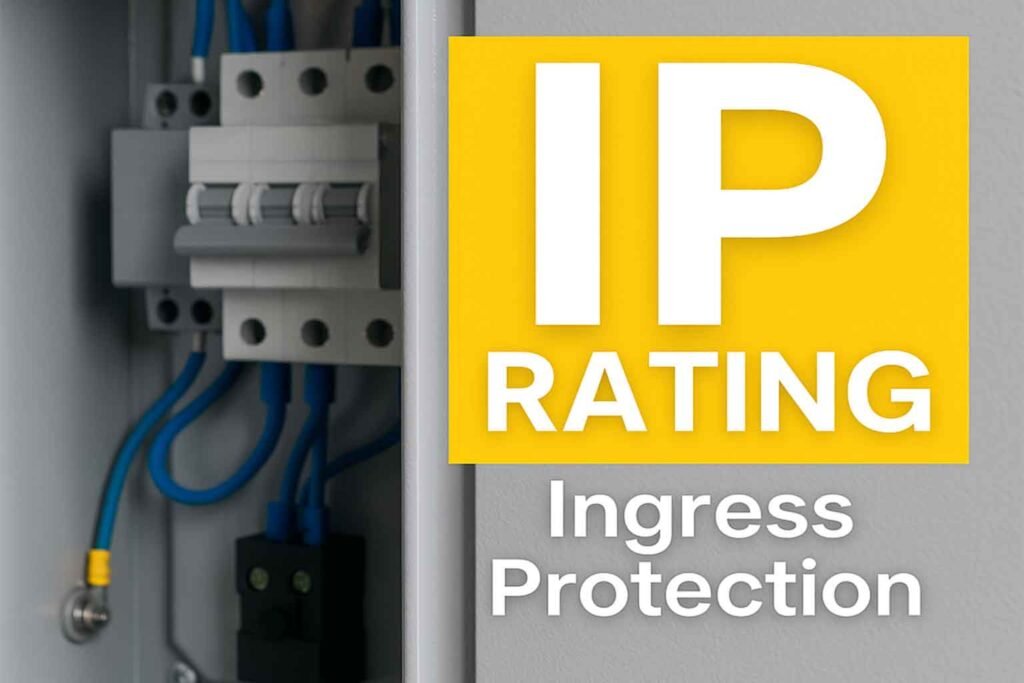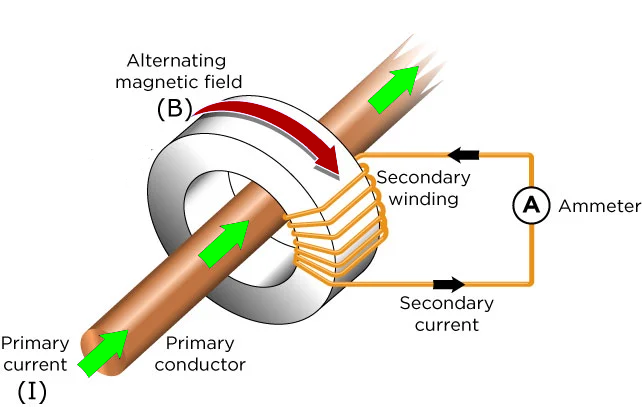Understanding the Main Components of Electrical Transformers
Learn the key components of electrical transformers, how they work, and why each part is essential for efficient power transfer and system reliability
Understanding the Main Components of Electrical Transformers Read More »



